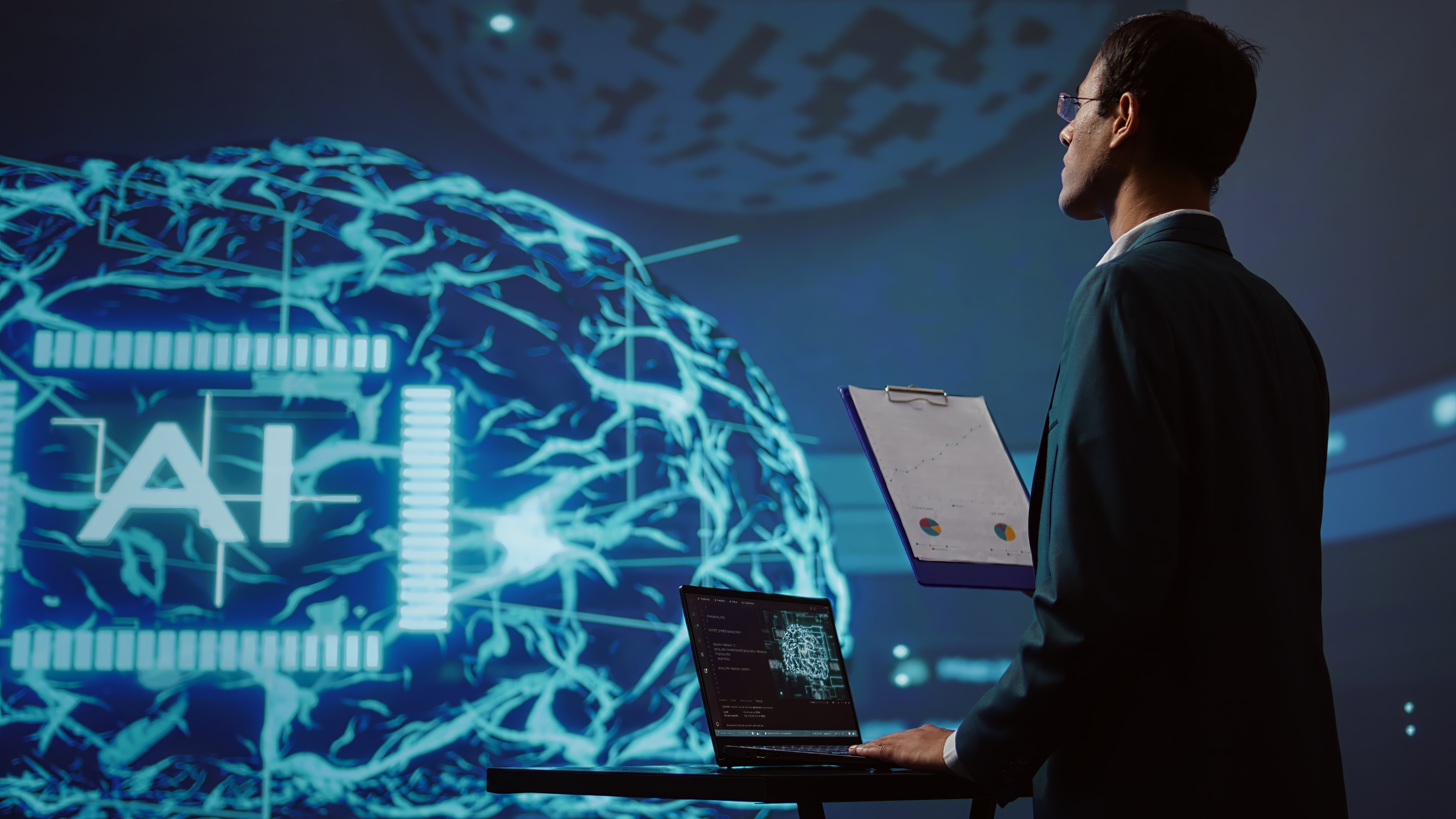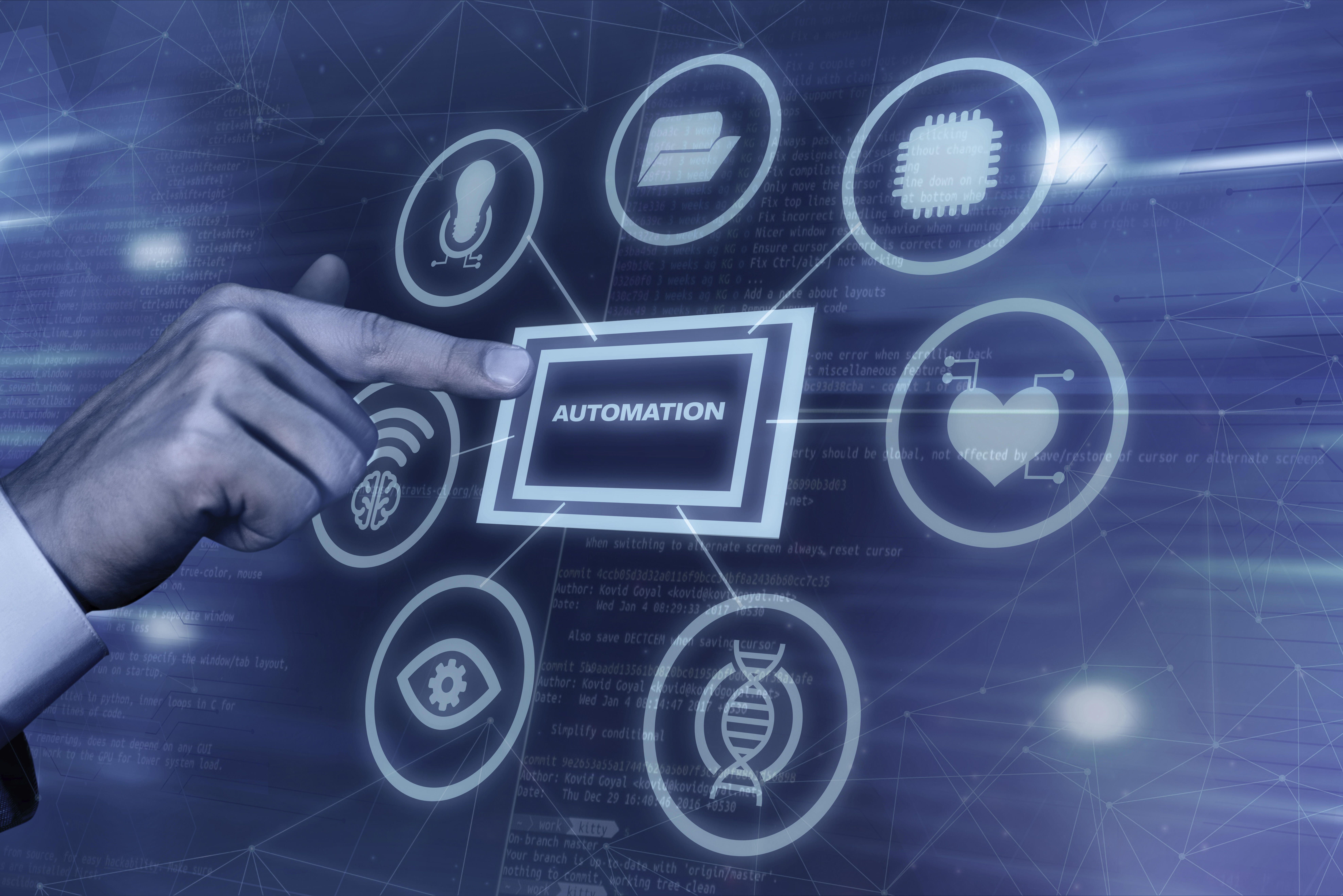Python Program AI: A Step-by-Step Guide to Building your First AI Application
What is Python Programming for AI?
Python has rapidly become the go-to language for artificial intelligence (AI) development, largely due to its simplicity, readability, and robust ecosystem. The language’s clean and intuitive syntax makes it accessible to beginners, while its extensive capabilities and libraries allow even advanced users to create complex AI models with ease. Whether you’re building machine learning algorithms, natural language processing tools, or deep learning networks, Python provides a versatile environment that caters to all levels of expertise. This combination of ease-of-use and power is a significant reason why Python has gained widespread adoption in the AI community for those developing a python program ai.
Another key advantage of Python is its vast ecosystem of libraries and frameworks that streamline AI development. With tools like TensorFlow, Keras, and Scikit-learn, developers can quickly implement and test AI algorithms without having to build everything from scratch. Additionally, Python’s strong community support plays a critical role in making AI development more accessible. There are countless tutorials, forums, and open-source projects available, enabling developers to troubleshoot issues, learn new techniques, and stay up-to-date with the latest advancements in AI.
Basics of Python Programming
Before diving into AI, it’s essential to understand the basics of Python programming. Python uses a straightforward, easy-to-learn syntax that emphasizes readability. Key programming concepts include variables, data types, loops, functions, and control structures. Understanding these fundamentals lays the foundation for building more complex AI solutions. Python is also an interpreted language, which means you can run code line by line, making debugging and learning more efficient.
Overview of Python Libraries Used in AI
One of Python’s greatest strengths in AI development is its rich set of libraries. For numerical computing, NumPy and Pandas are commonly used. Matplotlib and Seaborn help in data visualization. Scikit-learn offers simple tools for data mining and machine learning. For deep learning, libraries such as TensorFlow and Keras are widely adopted. These libraries simplify tasks like data pre-processing, model training, and evaluation, making it easier to build intelligent applications.
What is Artificial Intelligence?
Artificial Intelligence (AI) refers to the simulation of human intelligence in machines that are programmed to think and learn. These intelligent systems can perform tasks that typically require human intelligence, such as recognizing speech, making decisions, solving problems, and understanding language. AI systems use data, algorithms, and computational power to mimic cognitive functions, making them capable of learning from experience and improving over time through python programming artificial intelligence techniques.
Types of AI: Narrow AI vs. General AI
AI can be categorized into two main types: Narrow AI and General AI. Narrow AI, also known as weak AI, is designed to perform a specific task. Examples include voice assistants like Siri or Alexa, recommendation systems on streaming platforms, and image recognition software. These systems operate under a limited set of constraints and cannot perform tasks outside their predefined capabilities. General AI, on the other hand, aims to replicate human intelligence broadly. This form of AI would be able to learn and adapt to a wide variety of tasks, just like a human. While it remains a theoretical goal, researchers continue to explore the possibilities of achieving General AI in the future.
Common AI Applications in Real-World Scenarios
AI is increasingly embedded in our daily lives. In healthcare, AI is used to analyse medical data and assist in diagnostics. In finance, it helps detect fraudulent transactions and manage investments. In transportation, AI powers self-driving cars and traffic management systems. E-commerce platforms use AI to personalize shopping experiences, while customer service bots provide instant support.
What are the Essentials of Python Programming for AI Development?
To begin your journey in AI development, the first step is setting up Python on your system. Python can be downloaded from the official python.org website. For most AI projects, it’s recommended to use Python 3.7 or higher for compatibility with modern libraries. Installing a Python distribution like Anaconda simplifies the process, as it comes bundled with many essential tools and libraries for data science and AI development, including those needed to run a python program ai effectively.
Installing Necessary Python Libraries
Once Python is installed, the next step is to install the libraries commonly used in AI projects. You can use pip (Python’s package installer) or Anaconda’s package manager to install the following:
• NumPy: Essential for numerical computations and array operations.
• Pandas: Useful for data manipulation and analysis, especially when working with structured datasets.
• Matplotlib and Seaborn: Libraries for data visualization to better understand your data.
• Scikit-learn: Offers simple and efficient tools for data mining and machine learning.
• TensorFlow and Keras: Widely used libraries for building and training deep learning models.
These libraries serve as the foundation for developing intelligent applications and experimenting with machine learning models.
Introduction to Jupyter Notebooks for AI Development
Jupyter Notebooks are a powerful tool used extensively in AI development. They allow you to write and run Python code in an interactive, cell-based format, making it easier to test code, visualize results, and document your process. Jupyter Notebooks support inline visualizations and are ideal for data analysis, model building, and presentation.
How Do you Prepare Data for AI with Python?
In artificial intelligence, data is the foundation upon which models are built. AI systems learn patterns and make predictions based on the data they receive. The quality and quantity of this data directly affect the performance and accuracy of AI models. Without reliable and well-prepared data, even the most sophisticated algorithms can fail to deliver meaningful results. This makes data preparation a critical first step in any AI project.
Importing and Cleaning Data with Python
Python offers several powerful tools for importing and cleaning data. Using libraries like Pandas, developers can easily load data from various formats such as CSV, Excel, or JSON. Once imported, cleaning the data involves handling missing values, correcting data types, removing duplicates, and normalizing inconsistent entries. Functions like dropna(), fillna(), and astype() in Pandas make it simple to process raw data into a usable format. Clean, structured data is essential for accurate model training and evaluation.
Exploring Data Using Libraries like Pandas and Matplotlib
After cleaning, the next step is data exploration—understanding the distribution, relationships, and trends within your dataset. Pandas provides functions like describe(), value_counts(), and groupby() for statistical summaries. Visualization tools such as Matplotlib and Seaborn allow you to create charts and graphs that make complex patterns easier to interpret. Visualizing the data helps identify outliers, correlations, and potential biases before training an AI model.
How Do you Build your First AI Model in Python?
Machine learning is a key component of artificial intelligence. It involves teaching computers to learn from data and make predictions or decisions without being explicitly programmed. There are several types of ML algorithms, including supervised, unsupervised, and reinforcement learning. Supervised learning, where the model learns from labelled data, is a great starting point for beginners in python programming artificial intelligence.
Choosing the Right Algorithm for your First AI Application
When building your first AI model, selecting the right algorithm is crucial. For beginners, Linear Regression is a simple and effective algorithm to start with. It is used for predicting continuous values based on input variables. If your goal is to predict outcomes such as prices, temperatures, or scores based on one or more features, linear regression provides an easy-to-understand introduction to the fundamentals of AI modelling.
Implementing a Simple Machine Learning Model Using Python
To build a basic AI model using linear regression, you can use the Scikit-learn library in Python. First, prepare your data by splitting it into input (features) and output (labels). Next, divide the data into training and testing sets. Then, create a linear regression model using Scikit-learn’s LinearRegression() class, fit it with your training data, and evaluate its performance using metrics like Mean Squared Error (MSE).
How Do you Train and Test your AI Model?
Training and testing are crucial steps in the development of any AI model. Training data is the dataset the model uses to learn patterns, relationships, and rules. It forms the foundation of the model’s knowledge. However, if a model is only tested on data it has already seen, it may appear highly accurate without actually performing well on new information. This is where testing data becomes essential—it helps measure how well the model can generalize to unseen scenarios and real-world tasks.
Splitting Data into Training and Testing Sets
To ensure fair evaluation, the original dataset is divided into two parts: one for training and one for testing. Typically, around 70–80% of the data is used for training, while the remaining 20–30% is reserved for testing. This separation allows developers to assess how well the model can make predictions on new data, helping to avoid problems like overfitting—when a model performs well on training data but poorly on real-world data.
Evaluating the Performance of Your AI Model
Once the model has been trained, it needs to be evaluated using the testing data. Performance evaluation involves comparing the model’s predictions to the actual outcomes to see how accurate and reliable it is. Common ways to evaluate include looking at how many predictions were correct, how many were incorrect, and how close the predictions were to actual values. These insights help identify if the model needs improvement or if it's ready for real-world use.
How Can you Improve your Model with Python Programming for Artificial Intelligence?
Once your AI model is built and tested, the next step is improving its performance through fine-tuning. This involves adjusting the model’s parameters, known as hyperparameters, to optimize its predictions. Examples of hyperparameters include the learning rate, number of layers in a neural network, or the maximum depth of a decision tree. Fine-tuning helps the model learn more efficiently and accurately. It’s often done through a process of trial and error or automated search techniques like grid search or random search.
Overfitting and Underfitting: What they are and How to Avoid them
Two common challenges when building AI models are overfitting and underfitting. Overfitting occurs when the model learns the training data too well, including its noise and random fluctuations, which causes poor performance on new data. Underfitting, on the other hand, happens when the model is too simple to capture the patterns in the data. To avoid overfitting, developers can use techniques like reducing model complexity, adding regularization, or increasing the training dataset. Avoiding underfitting may require using more complex algorithms or better feature engineering.
Using Cross-Validation to Improve Model Accuracy
Cross-validation is a powerful technique for improving model reliability. Instead of using a single training-test split, the dataset is divided into several parts, and the model is trained and tested multiple times on different subsets. This ensures the model is not just performing well on a specific data split but is consistently accurate across the entire dataset. Cross-validation provides a more thorough understanding of how the model is likely to perform in real-world scenarios.
What are the Best Practices for Building AI Applications with Python?
When developing AI applications, writing clean and well-organized code is essential for long-term success. As your project grows in complexity, messy or unstructured code can become difficult to manage or debug. A scalable codebase should be divided into logical components, such as data pre-processing, model training, evaluation, and utility functions. Using clear file and folder structures, modular functions, and reusable components will make it easier to expand or modify your AI solution in the future.
Documenting Your AI Projects
Good documentation is key to making your AI projects understandable and maintainable. This includes adding clear comments in your code, explaining the purpose of functions, algorithms, and parameters. It’s also helpful to create a README file that outlines the project's goals, setup instructions, and usage examples. Documentation not only helps collaborators and future developers but also allows you to revisit your own work with ease, especially in long-term or multi-phase projects.
Continuous Learning: Resources for Improving your Python and AI Skills
AI is a rapidly evolving field, and staying updated is crucial. There are many resources available for improving your skills in Python and AI development. Online platforms like Coursera, edX, and Learn Artificial Intelligence (LAI) offer beginner to advanced courses. Participating in coding challenges, reading AI blogs, and contributing to open-source projects are also excellent ways to deepen your understanding. Joining AI communities and forums can expose you to real-world problems and innovative solutions shared by professionals around the world.
Conclusion
As you continue your journey with python program ai, it's essential to keep experimenting with new ideas and projects. Practical experience is key to mastering the concepts and techniques behind AI. To further enhance your skills, dive into more advanced topics like deep learning or reinforcement learning. Participating in online challenges or collaborating on open-source AI projects can be a great way to improve. Staying updated with AI trends is vital; follow AI blogs, research papers, and communities to keep learning. By consistently expanding your knowledge in python programming artificial intelligence, you'll be well-equipped to tackle the future of AI development.









